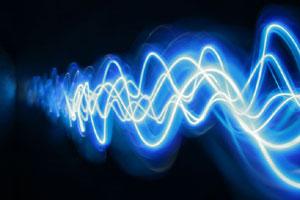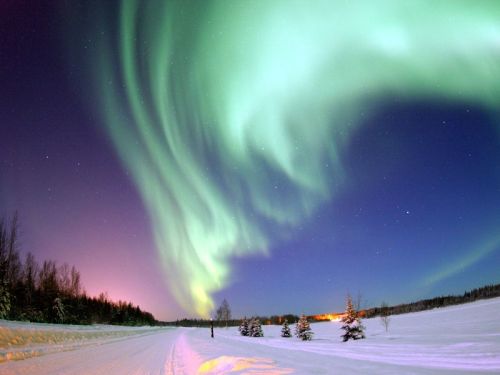
In a revealing juxtaposition, Nature have published their own favourite stories from 2009, alongside those of their readers'.
Whilst Nature scribes attached significance to research funding, GM crops, biomedicine, melting glaciers and notable scientists, their readers were more enamoured by giant snakes, spooky computers, magnetic monopoles, dark-energy particles, and bendy laser beams.
Source: http://www.nature.com/news/specials/2009/reader_topten.html
&
Source: http://www.nature.com/news/specials/2009/feature_topten.html
Source: http://www.nature.com/news/specials/2009/reader_topten.html
&
Source: http://www.nature.com/news/specials/2009/feature_topten.html








